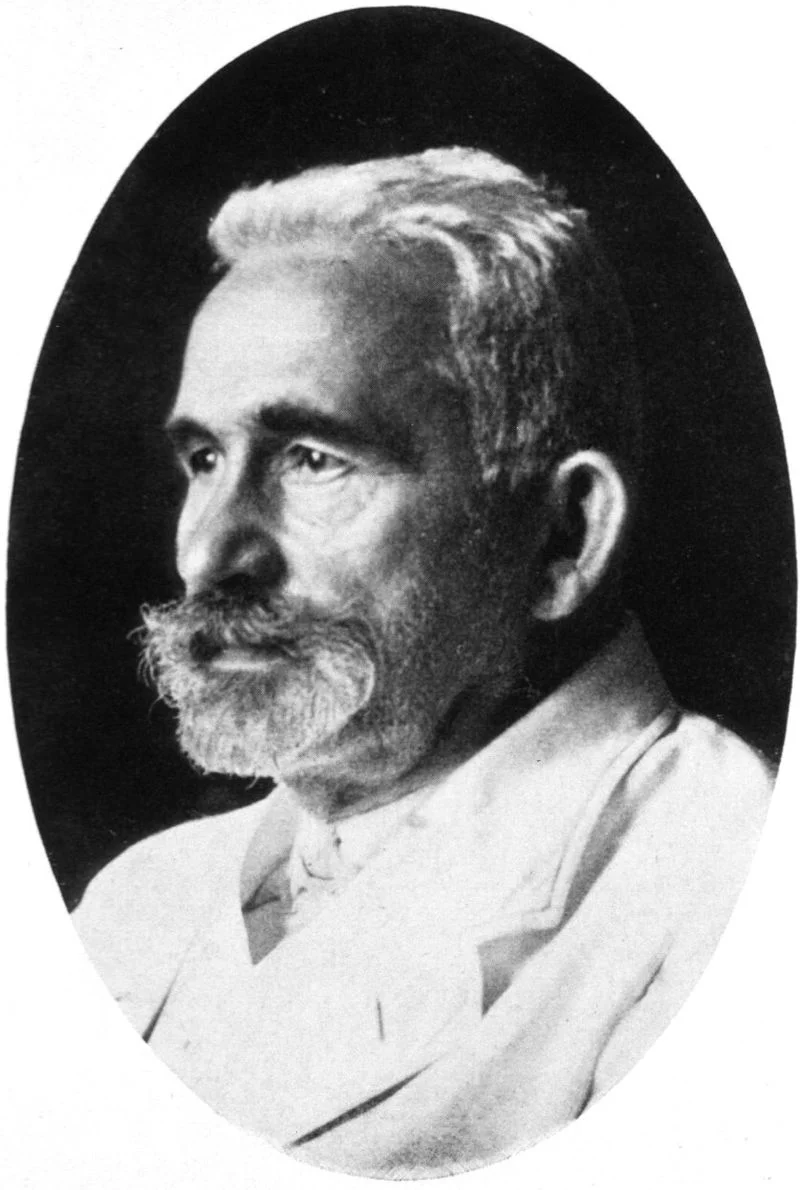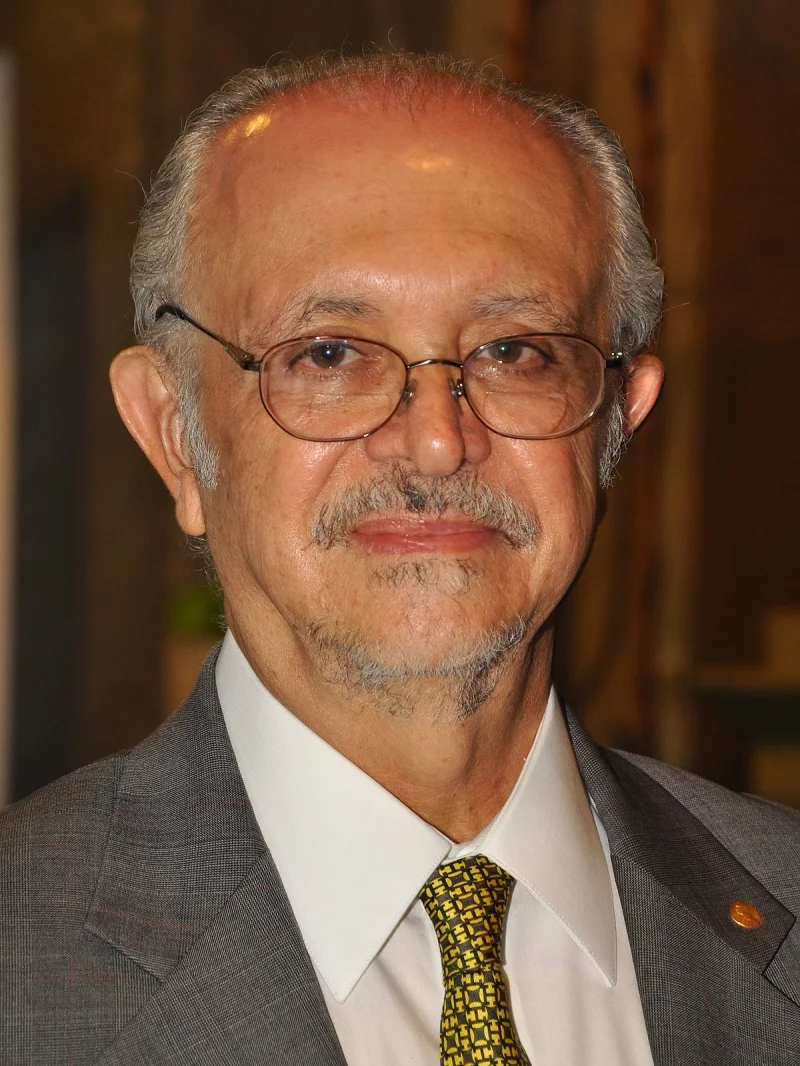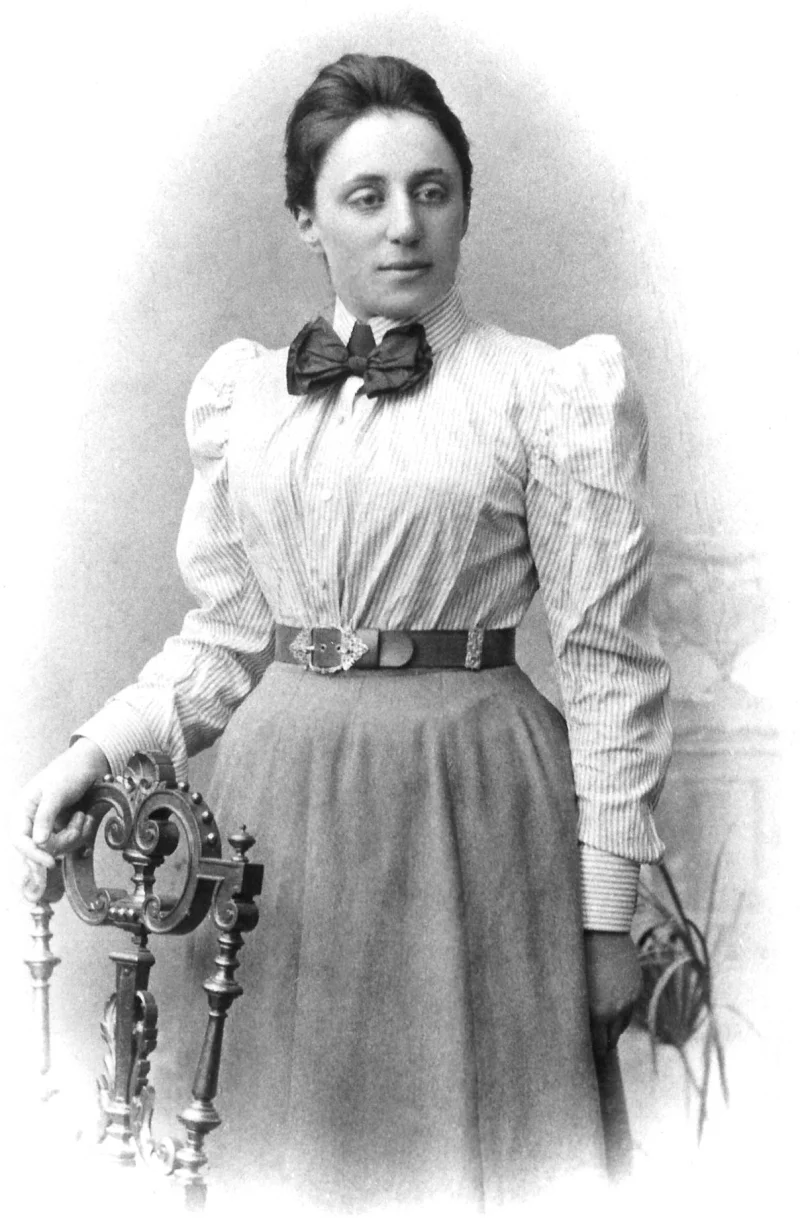Short Summary
Emil Kraepelin was a pioneering German psychiatrist whose work laid the foundation for modern psychiatric diagnosis and classification. He is best known for his classification of mental disorders, particularly distinguishing between manic-depressive illness and schizophrenia. His contributions significantly influenced the development of the Diagnostic and Statistical Manual of Mental Disorders (DSM). Kraepelin's systematic approach to understanding mental illness transformed psychiatry into a more empirical and scientific discipline.
Early Life & Education
Emil Kraepelin was born on February 15, 1856, in Neustrelitz, Germany, into a middle-class family. His father, Karl Wilhelm Kraepelin, was a music director, which exposed Emil to a cultured environment from an early age. He pursued medical studies at several universities, including Leipzig and Würzburg, ultimately earning his medical degree in 1878. Kraepelin was influenced by the renowned psychiatrist Wilhelm Wundt, under whom he studied experimental psychology. His early educational experiences shaped his scientific approach to psychiatry, emphasizing observation and empirical research.
Career Highlights
After completing his medical studies, Kraepelin worked at several institutions, including the University of Heidelberg and the University of Dorpat, where he began formulating his theories on psychiatric classification. In 1899, he published the sixth edition of his "Compendium of Psychiatry," which introduced the distinction between manic-depressive illness and dementia praecox, later known as schizophrenia. Kraepelin's tenure at the University of Munich was particularly influential, as he established a research-oriented psychiatric clinic that became a model for future psychiatric research facilities. His career was marked by a commitment to integrating clinical observation with scientific methodology.
Major Achievements
- Developed the first comprehensive classification system for mental disorders, distinguishing between manic-depressive illness and schizophrenia.
- Founded a research-oriented psychiatric clinic at the University of Munich, promoting empirical study in psychiatry.
- Played a key role in the development of the modern concept of psychopharmacology by studying the effects of drugs on mental illness.
- Published numerous influential texts, including "Compendium of Psychiatry," which became a seminal work in the field.
Famous Quotes
- "The more thoroughly we study the history of psychiatry, the more we find that its development is governed by the same laws as other sciences."
- "Psychiatry must be brought into close relations with the natural sciences."
Interesting Facts
- Kraepelin's work laid the groundwork for the future development of the DSM and ICD classification systems.
- He was one of the first to suggest that mental disorders have a biological and genetic basis.
- Kraepelin was a contemporary and sometimes rival of Sigmund Freud, with differing views on the causes of mental illness.
- He coined the term "dementia praecox," which later evolved into the modern concept of schizophrenia.
Legacy / Influence
Emil Kraepelin's legacy in psychiatry is profound, as his classification system set the stage for the development of diagnostic criteria used today. His empirical and systematic approach to mental illness influenced generations of psychiatrists and researchers. Kraepelin's work emphasized the importance of observation and scientific inquiry, transforming psychiatry into a respected discipline within the medical field.
FAQ
Q: Why is Emil Kraepelin famous?
A: He is famous for developing the first comprehensive classification system for mental disorders.
Q: What was Kraepelin's major contribution to psychiatry?
A: He distinguished between manic-depressive illness and schizophrenia, influencing modern psychiatric diagnosis.
Q: How did Kraepelin influence modern psychiatry?
A: By emphasizing empirical research and clinical observation, he helped shape the field's scientific approach.












